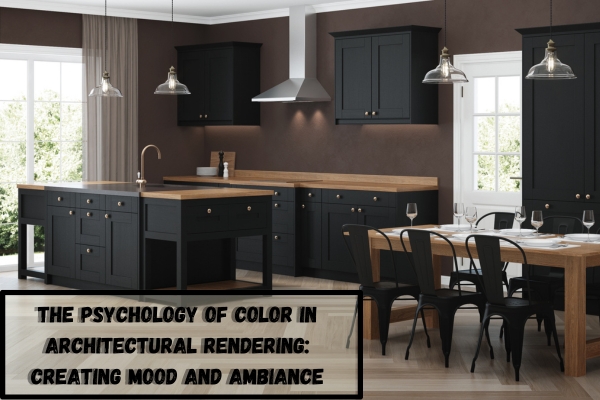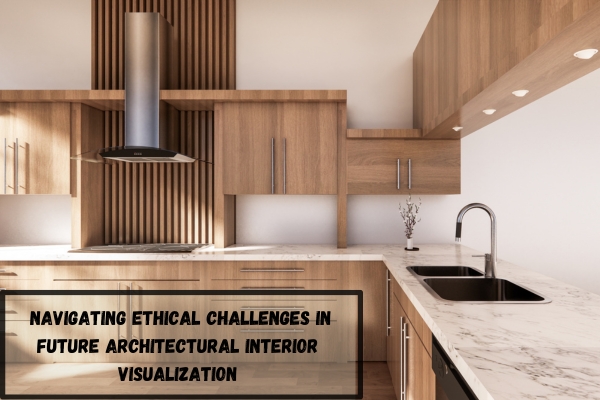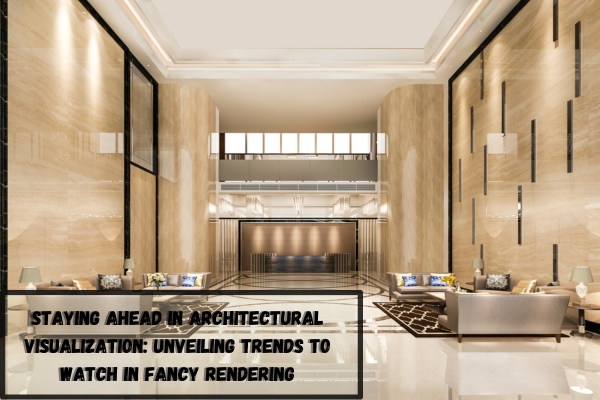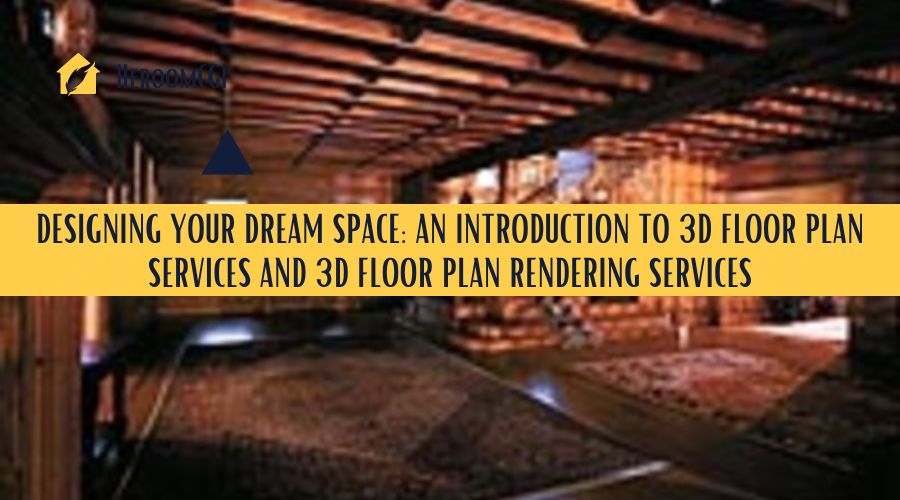In the world of architectural rendering, where every pixel is a brushstroke and every shade tells a story, the psychology of color reigns supreme. How do we feel when we enter a room with vibrant red walls? What emotions are stirred by a tranquil blue ocean? The colors we choose to adorn our surroundings with have a profound impact on our psyche, setting the tone and ambiance of the space. In this article, we’ll delve into the fascinating realm of the psychology of color in architectural rendering, uncovering the art and science behind creating mood and ambiance through the masterful use of hues.
The Power of Hues: Understanding Color Psychology
Colors have a knack for evoking feelings and responses that go beyond their visual appeal. From soothing greens to energetic yellows, each color triggers a unique emotional response. Here’s a closer look at the psychology of some prominent colors:
Red: Passion and Energy
The fiery reds ignite a sense of passion and energy. They’re daring and dynamic, ideal for spaces where vibrancy and excitement are desired. Ever wondered why many restaurants use red in their interiors? It’s because red stimulates appetite and encourages lively conversations!
Blue: Calm and Serenity
Cool blues envelop us in a sense of calm and serenity. These shades are perfect for spaces meant for relaxation and contemplation. Picture a bedroom or a spa – the presence of blue can transform these places into havens of tranquility.
Green: Nature’s Refreshment
Green hues draw inspiration from nature, evoking feelings of refreshment and renewal. Incorporating green in architectural renderings brings the outdoors in, fostering a connection with the environment and creating an invigorating atmosphere.
Yellow: Warmth and Optimism
Yellow is the sunshine that permeates spaces with warmth and optimism. It radiates positivity, making it an excellent choice for spaces where creativity and inspiration are nurtured – think home offices and art studios.
Crafting Mood Through Color Combinations
Color Harmony: Dancing Hues in Unison
The magic truly happens when colors come together in harmonious combinations. Architects and designers are akin to painters, selecting hues that resonate with the intended mood of the space. Here are some captivating color combinations that create distinct moods:
Elegant Sophistication: Charcoal and Gold 🎨
The marriage of deep charcoal and lustrous gold yields an ambiance of refined elegance. Imagine a luxurious hotel lobby exuding opulence through its color palette, with gold accents, adding a touch of lavishness to the deep backdrop.
Tranquil Retreat: Seafoam and Ivory 🌊
Seafoam green paired with soft ivory creates an oasis of tranquility. This combination works wonders in spaces designed for relaxation, such as a coastal-themed bedroom where the colors mimic the soothing embrace of the sea.
Playful Vibrancy: Magenta and Turquoise 🌈
When magenta dances with turquoise, it’s an instant invitation to playfulness. Imagine a children’s playroom bursting with energy as these vibrant colors ignite the imagination and creativity of young minds.
Addressing Common FAQs
Q1: Can colors affect our productivity in workspaces?
Absolutely! Colors like blue and green have been shown to enhance focus and productivity, making them excellent choices for office spaces.
Q2: Are there cultural differences in color interpretations?
Indeed, cultural backgrounds can influence how colors are perceived. While white signifies purity in Western cultures, it symbolizes mourning in some Asian cultures.
Q3: How can I choose the right colors for my project?
Consider the purpose of the space and the emotions you want to evoke. Consulting a color expert or a designer can also provide valuable insights.
Conclusion
In the realm of architectural rendering, colors wield a profound influence on the mood and ambiance of spaces. By understanding the psychology behind different hues and their interplay, architects and designers can craft environments that resonate with emotions, inspire creativity, and evoke desired feelings. Whether it’s the vibrant energy of red, the calming embrace of blue, or the invigorating allure of green, colors are the silent storytellers that transform architectural renderings into immersive experiences. So, the next time you step into a space that resonates with your emotions, remember that it’s not just the walls – it’s the psychology of color at play.









